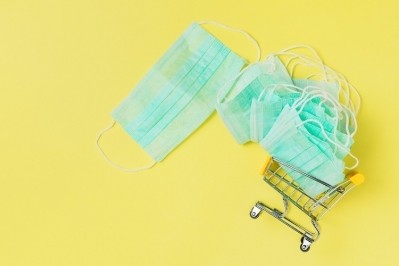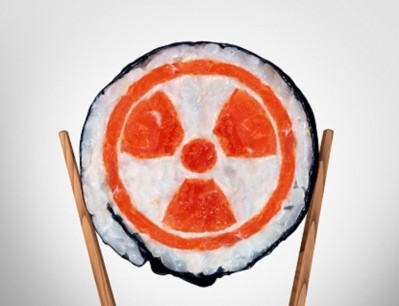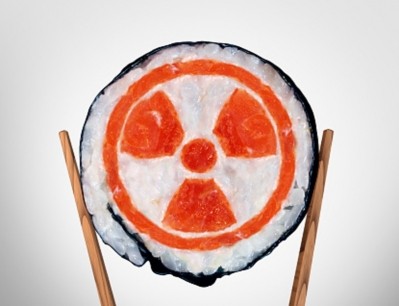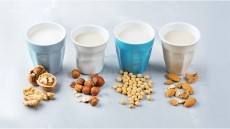Global parity: Radiation levels in Japanese bottled water assessed nine years after nuclear accident
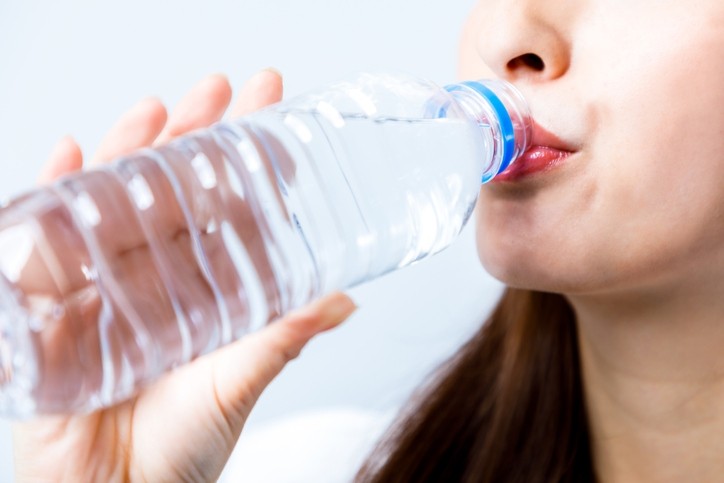
According to the Mineral Water Association of Japan, bottled water consumption increased from 19.7 L/y per capita in 2010 to 31.7 L/y per capita in 2019.
On average, people typically ingest 0.3 mSv/y of radiation from bottled water due to naturally occurring radionuclides such as 238U, 232Th, 40K in their diet. Drinking water contributes about 0.01 mSv/y.
Bottled water originating from natural mineral water sources underground may also be exposed to natural radioactive substances, not related to the nuclear accident.
Researchers from Japan and Ireland conducted this study to assess radiation levels in 20 commercial Japanese bottled water samples through analysing 13 natural and artificial radionuclides.
“No single study has attempted to analyse Japanese bottled waters for a comprehensive suite of radionuclides, although similar studies have been conducted in other countries for estimating the activity concentration and ingestion doses arising from the consumption of natural radionuclides in bottled water,” they reported.
Comparing radionuclides levels in Japanese bottled water, researchers said their results were comparable to results from other studies around the world.
The study was published in the International Journal of Environmental Research and Public Health.
Study design
In this study, the activity concentrations of 234U, 235U, 238U, 226Ra, 228Ra, 222Rn, 210Po, 210Pb, 40K, 3H, 14C, 134Cs and 137Cs were determined in 20 different Japanese bottled drinking water purchased from supermarkets in Japan.
While most of the radionuclides are naturally occurring from the air, cosmic rays and terrestrial radioactivity, the study also included artificial radionuclides such as 3H, 14C, 134Cs and 137Cs.
Researchers explained it was important to include artificial radionuclides from a radiation risk communication perspective, particularly after the FDNPP accident.
All water samples originated from natural mineral water sources, with sources across the country, giving a wider geographical distribution to capture any potential effects of variability of the underlying geology of the regions.
The samples were analysed for radioactivity in Ireland’s radiation monitoring laboratory, the Environmental Protection Agency.
The annual effective dose was estimated using an equation comprising the radionuclide activity concentration, annual consumption of 31.7 L of water, and the dose coefficient values of each radionuclide.
Findings
Researchers reported that the average annual effective dose estimated for all samples was 5.6 μSv (0.0056m mSv/y).
This was below the World Health Organisation (WHO) recommended guidance level of 0.1 mSv/y for water that is deemed safe for human consumption from a radiological perspective.
The most significant contributor to the estimated dose was 228Ra, but it is a naturally occurring radionuclide and not of safety significance.
Studies in Algeria, Croatia, Italy, Poland, Austria, Hungary and Malaysia also reported similar findings, with radium as the largest contributor to ingestion dose.
Researchers said the annual effective dose from the consumption of bottled water was at least an order of magnitude below the WHO recommended guidance level, and represents the first comprehensive study of this kind to be undertaken in relation to Japanese bottled water.
As present, there are currently 33 operable nuclear reactors in Japan, however only nine of those are actually operating.
Source: International Journal of Environmental Research and Public Health
https://doi.org/10.3390/ijerph17144992
“Assessment of Radiation Dose from the Consumption of Bottled Drinking Water in Japan”
Authors: Aoife Kinahan, et al.
